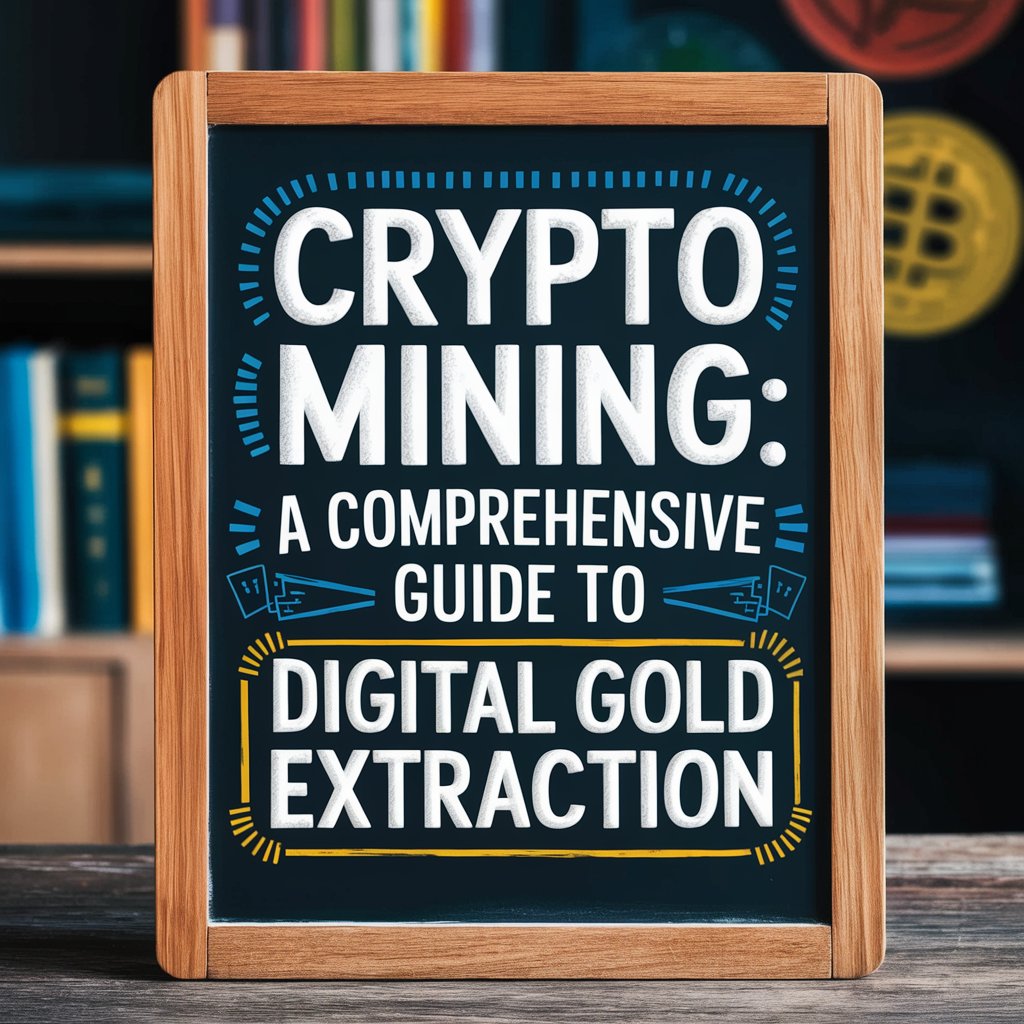Cryptocurrency mining has emerged as a crucial aspect of the blockchain ecosystem, enabling the decentralized verification and security of digital transactions. This process involves using computational power to solve complex mathematical puzzles, thereby validating transactions and adding them to the blockchain ledger. In return, miners receive rewards in the form of cryptocurrency, making mining a lucrative venture for tech-savvy individuals and businesses.
How Crypto Mining Works
Crypto mining operates through a process known as Proof of Work (PoW), which requires miners to compete against each other to solve cryptographic puzzles. The first miner to solve the puzzle successfully adds a new block to the blockchain and is rewarded with cryptocurrency. This process is essential in preventing fraud, double spending, and ensuring the integrity of the blockchain network.
Steps Involved in Crypto Mining
- Transaction Verification: Miners gather unconfirmed transactions into blocks.
- Puzzle Solving: Miners use powerful hardware to solve complex algorithms.
- Block Addition: Once a miner successfully solves the puzzle, the new block is added to the blockchain.
- Reward Distribution: The miner receives cryptocurrency rewards and transaction fees.
Essential Requirements for Crypto Mining
To start mining cryptocurrency, one needs specialized equipment and software. Below are the essential components required:
1. Mining Hardware
- ASIC Miners: Highly efficient but expensive, used for Bitcoin mining.
- GPU Miners: Graphics Processing Units are widely used for mining altcoins like Ethereum.
- CPU Miners: Less efficient but still used for certain cryptocurrencies.
2. Mining Software
- CGMiner (Popular for Bitcoin mining)
- NiceHash (User-friendly and suitable for beginners)
- Claymore Miner (Optimized for Ethereum mining)
3. Mining Pool or Solo Mining
- Solo Mining: Mining alone but requires high computational power.
- Mining Pools: Grouping with other miners to combine computational power and share rewards.
4. Electricity and Cooling Systems
- Mining consumes significant electricity; therefore, miners need a stable and cost-effective power source.
- Cooling systems are crucial to prevent overheating of mining rigs.
Popular Cryptocurrencies for Mining
Different cryptocurrencies have different mining algorithms and requirements. Here are some popular ones:
- Bitcoin (BTC): Uses SHA-256 algorithm, mined with ASIC miners.
- Ethereum (ETH): Uses Ethash algorithm, mined with GPUs (though transitioning to Proof of Stake).
- Litecoin (LTC): Uses Scrypt algorithm, GPU or ASIC mining.
- Monero (XMR): Uses RandomX algorithm, CPU mining friendly.
Challenges and Risks in Crypto Mining
While crypto mining can be profitable, it comes with several challenges and risks:
- High Initial Costs: Purchasing mining hardware and setting up infrastructure require significant investment.
- Electricity Costs: Mining is energy-intensive, and high electricity bills can reduce profits.
- Regulatory Concerns: Some countries have imposed strict regulations or outright bans on mining.
- Hardware Depreciation: Mining equipment can become obsolete quickly due to rapid technological advancements.
Is Crypto Mining Still Profitable in 2024?
The profitability of crypto mining depends on several factors, including:
- Market Value of Cryptocurrency: Higher prices lead to higher mining rewards.
- Mining Difficulty: Increased competition leads to higher difficulty levels.
- Electricity Costs: Lower power costs increase profit margins.
- Hardware Efficiency: Newer, more efficient miners provide better returns.
In 2024, mining Bitcoin and other cryptocurrencies can still be profitable if done efficiently, with low electricity costs and optimized hardware.
Conclusion
Crypto mining remains an essential part of the blockchain ecosystem, offering lucrative opportunities for those who invest wisely. While it requires substantial investment and careful planning, the rewards can be significant. Whether you are a beginner or an experienced miner, staying informed about the latest trends, technologies, and regulations in crypto mining will help maximize profitability and sustainability in this evolving industry.
By understanding the fundamentals, risks, and best practices of crypto mining, you can make informed decisions and potentially reap substantial rewards from this digital gold rush.






